The first time I came to Egypt, and Zamalek, I was 12 years old. It made a lasting impression on me, leading me to study Egyptology. But the first time I really saw the country was when I was a student of 20 years old, back in 2008. At that time I was doing my MA in Egyptology at Leiden University, which included a research stay in Egypt known informally as the ‘Cairo semester’. It was a two month program during which we were affiliated to the NVIC (Netherlands-Flemish Institute in Cairo), wrote papers, visited museums and traveled the country up and down seeing various archaeological excavations.
The program started with a one week conference in what was then the Nile Hilton, a fancy hotel on Tahrir Square, just a stone’s throw from the overflowing halls of the Egyptian Museum. During lunch break we ate ta’ameya sandwiches and smoked shisha from private plastic tubes. We stayed at the Sun Hotel, a cheap excuse for a hotel with unintimidating cockroaches and an endless battle for toilet paper, towering over the square just around the corner. Back then I had no idea about academia, even though I had finished the 3 year BA program, and I thought the purpose of a conference was to listen to each and every talk. During the weekend, we took a taxi to Giza and although I had seen the pyramids before, it was the first time I also noticed the garbage cluttering up the ancient mastaba tombs, the graffitied walls, the mistreated horses slipping on the hot asphalt road that cut right across the plateau, and the general detriment that follows in the wake of mass tourism (that, I realize, I am a part of).
We found ourselves an apartment on Zamalek, in a dilapidated building, with a heater that leaked gas and two defect washing machines. It was located just off of 26th of July Street, close to the NVIC and the many restaurants that this upscale island in the Nile has to offer (the word ‘hipster’ was not invented yet). It was on these streets that my love for a certain bookshop started. Sitting in a mansion on the high street, next to Maison Thomas and across from Abou El Sid (two excellent restaurants), is a bookstore called Diwan. Upon entering I was immediately struck by its beautiful design, cleanliness, and shelves stocked full of beautiful books. From contemporary fiction to classics, books about Egyptology, business and Islamic art. There were equally large sections of English and Arabic books, but they also sold stationery and music and there was a small café. At this point in life I had never experienced a café in a bookshop, so I was elated. What was more: the bookshop was open until midnight. So after a long, hot day in Cairo or barging across an archaeological site in the desert, you could retreat to an oasis of airconditioned rest, browsing books and buy chunky chocolate chip cookies. I stocked up on so many books that I had to ask fellow students to carry books home for me in their luggage, and then I still filled a 16 kilo roller case.
Back then, Paulo Coelho’s The Alchemist was experiencing its revival, and since I read everything I could get my hands on I also bought a copy of this book. Part of the Cairo semester was a three day trip to the archaeological sites of the Fayum area, and it was during this trip that I read the book, reveling in the coincidence that the main character in the story passed through the Fayum at the same time as I was.
The highlight of our Cairo semester however was a one week trip through Middle Egypt, a stretch of the country that rarely forms part of the tourist itinerary, to such wonderful sites as Beni Hassan, Amarna and Meir. I remember giving a presentation in the tomb of Khety, after spending the whole day in a minivan and climbing up the steep stairway to the necropolis up in the hills, and the golden light of the setting sun over the landscape as we exited the tombs. It’s in moments like these that the seeds of later life are planted, and it is no coincidence that I am now studying these tombs in relation to their surrounding landscape for my PhD dissertation.
In light of that research, I recently returned to Middle Egypt. It took an Arab Spring, graduating, working, wanting back in on academia, applying for a PhD abroad, COVID, my mother dying and me deciding life was worthwhile after all, but I was back in the field, on my own private expedition. I was joined by my colleague and dear friend, who has put up with me on many a trip to Egypt. In 3 weeks, after (legally) climbing some pyramids in the north, we took the night train to Aswan. From there, we traveled through the various provinces (‘nomes’) of ancient Upper Egypt to the modern city of Minya, a stretch of 650 km along the Nile. On our way we visited the less obvious places such as Sehel Island, with its majestic granite boulders, the sandstone quarries of Gebel el-Silsila, the tomb of Ankhtify at Mo’alla, the site of Kom el-Sultan and Shunet el-Zebib at Abydos, and onwards to Sohag, Asyut and Minya, visiting the necropoleis of Hawawish, Hamameya, Meir, Amarna, Beni Hassan and the enigmatic Fraser tombs along the way. I’ll probably tell more about our epic journey in upcoming blogs.

14 years later…
At this point, we were becoming a bit weary of the road and took the train back to Cairo, to settle down for a couple of days on Zamalek. Here, everything and nothing had changed. We were staying at the New Star Zamalek Hotel, which was surprisingly cheap for its prime location (close to the new Safaa Hegazy metro stop of the Green Line, bringing you to Tahrir Square in 12 minutes). We ate pasta at O’s, worked at the NVIC and watched a soccer world cup match at the Dutch embassy like real expats. What hadn’t changed were the book stalls on 26th of July Street (where you can buy Qurans but also Ali Hazelwood’s The Love Hypothesis), the cross-eyed girl on the corner selling peanuts, Maison Thomas and the albino boy working at McDonald’s. And my dearly beloved Diwan bookstore, where I stumbled upon Nadia Wassef’s memoir, Chronicles of a Cairo Bookseller.
Nadia Wassef founded Diwan bookstore, together with her sister Hind and their friend Nihal. The book is an open-hearted memoir about the conception, realization and daily struggles of the bookstore, which (I never realized until reading it, but which makes so much sense) was designed to be a safe space for women. Battling bureaucracy and misogyny, these women succeeded in creating something unique that I fondly remember as one of my home bases on Zamalek all those formative years ago. I loved reading about this swearing, sarcastic woman, who managed to build a business, lose a business, succeed at two divorces and bring two children into the world. The book also deals sideways with what is considered classic literature (both Arabic/Egyptian and foreign) and the history of modern publishing in Egypt.
Although Nadia Wassef abhors self-help books (and detests Paulo Coelho), she doesn’t refrain from providing us with some delightful quotes, such as this one:
“Bookselling is like marriage and football. While a fair amount of skill is needed, it’s more about fate, and luck, than we’d like to admit.” (p. 204)
Cairo will always remain the mother of the world to me. Umm al-Dunya, a timeless cliché, but as I grow older I learn there is often truth in such clichés. The bookshops of Cairo guided my own coming of age story, and teach us that wherever we go, we always leave something of ourselves behind. But also that we can always go back to retrieve that piece, and find something more in the process. And so the city retains our memories, of a time and a place, the people that were with us and the love that we found (and lost). The streets will change but the words will remain. Maktub.
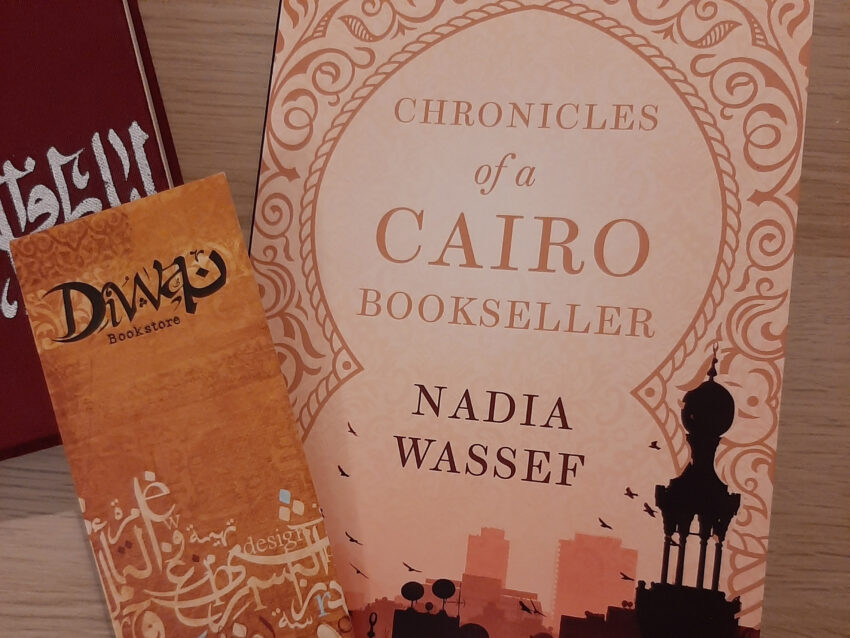
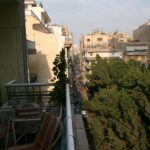
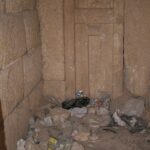
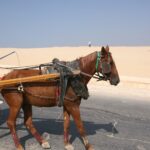
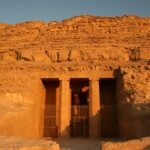
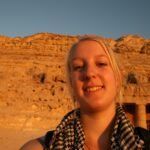

What a wonderful article Nicky! I, too, love that Diwan in Zamalek.
I only noticed your website right now Nicky. What a joy to read what you write!